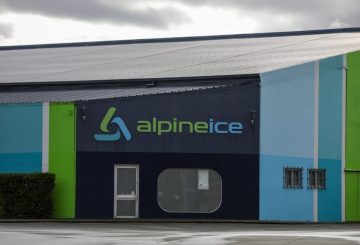波里鲁阿的居民过去常常回收他们的玻璃瓶和罐子,因为他们知道它们会变成新的容器。但是,如今,当地的垃圾填埋场却改用玻璃。玻璃被压碎,用于垃圾填埋场的道路和排水系统施工。这种变化是由于该市买不起分拣机,这使得在路边分拣彩色玻璃变得昂贵。
波里鲁阿市议会基础设施总经理迈克·梅东卡解释说,之所以发生这种变化,是因为与前一家提供商的合同到期。过去,收集的玻璃被送到奥克兰,在那里进行分类并回收成玻璃瓶和罐子。但是当合同到期时,该选项不再可用。
该委员会现在提议使用较小的箱子来回收玻璃,并让回收人员在回收车上按颜色将玻璃分成不同的部分。但是,这种方法的成本更高。
作为4月25日之前的长期计划的一部分,该委员会正在就该提案征求公众意见。
以前,由于再生玻璃的价值很高,在奥克兰,分拣彩色玻璃在经济上是可行的。但是回收玻璃的价值已经下降,这使得运输未分类的玻璃变得不经济。
由于咨询和设置需要时间,回收过程的这一变更可能需要长达五年的时间才能实施。同时,波里鲁瓦的居民可以将玻璃杯带到斯派塞垃圾填埋场自己整理。该委员会将继续收集玻璃并在当地重新利用。




























































